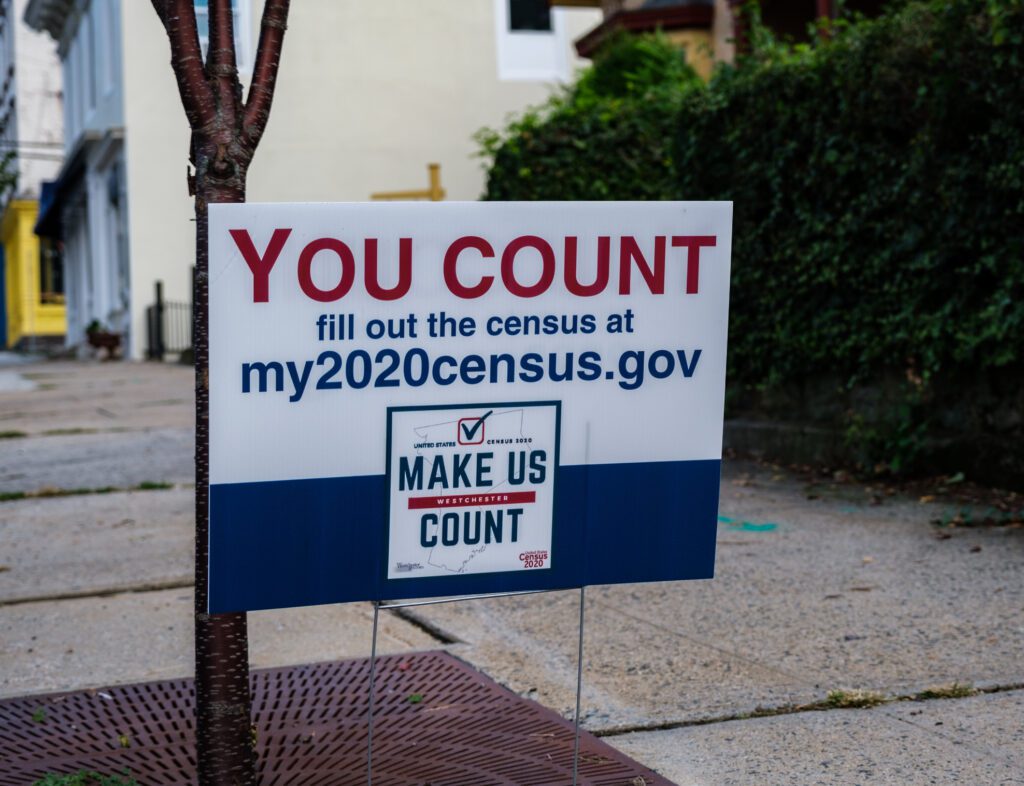Consultants Have Redistricting Woes Amid Census Delay

Redistricting years present unique challenges for consultants and this one has been particularly hard.
With the COVID-19 delayed release of Census data and the new citizens’ commission-based approach to redistricting adopted by some states, practitioners are having to juggle different clients’ needs while formulating effective launch strategies.
“It’s been a little bit chaotic, I’d say,” said Michael Biundo, a partner at GOP shop Ascent Strategic.
He recalled several conversations with potential candidates that have gone like this: “I’m going to run, but I don’t know what I’m running for, or I’m going to run, but I don’t know what district I’m running for. If I come out too early, do I send the signal I’m looking to primary someone when I’m not?
“All those conversations are happening and it’s a different circumstance for each in terms of how they’er handling it,” he said. “I’ve seen it once or twice, but the candidates haven’t and a lot of the consultants haven’t so it’s making it a little bit harder than it would be in normal cycles.”
Biundo’s advice to potential candidates: “Stake a claim.”
“If you’ve got your ducks in a row and you’ve got the fire in your belly to do it, sometimes you just need to go,” he said.
Chasen Bullock, a senior strategist at GOP mail shop The Lukens Company, is also bullish on getting in early.
“If you’re running in a district in Pennsylvania, you should pull the trigger and announce,” he said. “You should be doing direct mail, email fundraising and email list building. Now is the time to build these lists. There’s a lot that comes from being the first person in the race.”
Even if a district’s boundaries are redrawn and the campaign loses some of the voters on its list, that doesn’t mean the work done pre-redistricting is lost, he added. “If you find out you’re in one district and [only] 50 percent of [your list] is that district, a small-dollar donor in the district is the same as a small-dollar donor just outside the district.”
Some Democratic consultants, particularly those in states where redistricting will be oversized because of a lost House seat, are sounding more cautious.
Illinois, which is losing a member of its House delegation, “will completely reset the map to give [Democrats] the best partisan advantage. If you’re somebody thinking, I want to run for [retiring Rep.] Cheri Bustos’ seat, the district could be Rockford to the Quad Cities, or it could be Peoria, we just don’t know. The change could be so dramatic, maybe you do have take your time a little bit more,” said Nick Daggers, a partner at Illinois-based Democratic firm The 1833 Group.
He noted you don’t need to live in your district to run for Congress out of it, but there’s a catch. “I think there’s a big difference between 10 miles outside your district or being 50 miles outside your district,” he said.
Those who want to slow-roll a candidacy should also reconsider that approach, he added. “I think that running a slower campaign, especially when everything is graded on how much you raise, that does make it tough,” he said.
To wit, many donors this midterm cycle are weighing electability more than they did in 2020, Daggers said. “It’s really hard to do digital email when you don’t have an opponent or you don’t have a district.”
Not all practitioners are against a slow-roll approach. But Aaron Keshishian, who recently joined California-based 50+1 Strategies as the firm’s VP of campaigns, advocates for focusing on your operation’s backend while waiting on redistricting to shake down.
“Do the backend work now because of that shorter timeline. You’ll be better positioned to recruit the volunteers and do more of the outward-facing work — and maybe do a little bit more and position yourself when you’re ready,” he said. “A lot of that work you can do ahead of time.”



